Butterfly Stitches: How to Apply and Remove Them?
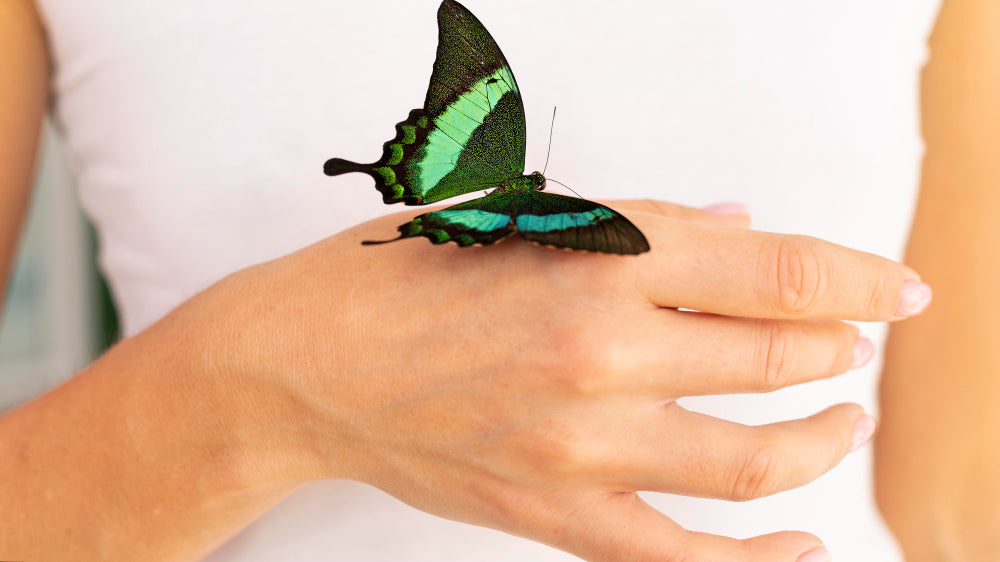
Related products
Butterfly stitches, also known as steri-strips or wound closure strips, are adhesive strips used to close small wounds or incisions. They are particularly beneficial in situations where sutures or staples might be excessive, offering a non-invasive and simpler alternative. These strips hold the skin together to facilitate natural healing while minimising scar formation. Dr. Helen Cartwright, a consultant dermatologist, emphasises, "Butterfly stitches are ideal for superficial lacerations that are clean and have straight edges."
Application of Butterfly Stitches
Applying butterfly stitches effectively is pivotal in the management of minor wounds, facilitating proper closure and promoting optimal healing. This section delves into the detailed procedure for the correct application of butterfly stitches, from initial wound assessment and preparation to the precise placement of the strips. Insights from healthcare professionals such as Dr. Edward Thompson and Nurse Practitioner Emily Clarke highlight the importance of cleanliness, technique, and aftercare in using these adhesive strips. The goal is to ensure that even those without extensive medical training can apply butterfly stitches safely and effectively, thereby minimizing the risk of infection and improving healing outcomes.
Assessing the Wound
Before applying butterfly stitches, it is essential to assess the wound thoroughly. Dr. Edward Thompson, a senior emergency doctor, advises, "The wound should be shallow, with straight edges and no signs of infection such as redness, pus, or significant swelling." If the wound is gaping or the edges cannot be easily approximated, more advanced medical intervention may be required. To prevent early infection, combining wound care with Acnecide Gel 5% can help reduce surface bacteria. This benzoyl peroxide-based gel is excellent for purifying compromised skin and lowering microbial load on minor wounds.
Preparing the Wound
Cleaning the wound is the first step in the application process. It should be washed with mild soap and sterile water or an antiseptic solution to prevent infection. "A clean wound is less likely to become infected, enhancing the effectiveness of butterfly stitches," notes Nurse Practitioner Emily Clarke. After cleaning, ensure the skin around the wound is dry to help the strips adhere better. For those with sensitive skin or allergy-prone areas, Attitude Sunly - Sunscreen Stick - Unscented - 30 SPF - 60 g offers post-wound sun protection without irritating additives. It’s great for healing skin exposed to sunlight.
Applying the Strips
To apply butterfly stitches, start by cutting the strip to the necessary length. The strip should extend beyond both ends of the wound by at least 1-2 centimetres. Dr. Thompson instructs, "Position the strip across the wound and gently pull the skin edges towards each other, then secure the strip." It's crucial not to stretch the skin excessively, which could lead to further injury or discomfort. You can find Leukoplast Leukosan Wound Strips Pack of 9 and other effective adhesive solutions in our First Aid Collection, ideal for minor injuries and home wound care kits.
Additional Care
Once applied, the strips should be covered with a sterile bandage to protect the area from contamination and to absorb any exudate. "Changing the bandage daily and keeping the wound dry are key to proper healing," says Nurse Clarke. Avoid soaking the wound in water, as this can cause the strips to loosen prematurely. If skin around the wound is dry or healing slowly, MooGoo Natural Anti-Ageing Face Cream 75g can help by providing lightweight, nourishing hydration that supports skin barrier recovery.
Removal of Butterfly Stitches
The removal of butterfly stitches is a critical step in the healing process of a wound. It requires careful timing and technique to ensure that the wound has sufficiently healed and to prevent damage to the new tissue. This section will outline the proper procedures for the safe and effective removal of butterfly stitches, including assessing the right time for removal, the recommended techniques to minimize discomfort, and essential post-removal care to ensure optimal healing. Dr. Edward Thompson and other medical experts provide insights into these practices, underscoring the importance of meticulous handling to avoid complications and promote recovery.
Timing of Removal
Butterfly stitches typically remain on the wound for 5 to 10 days, depending on the healing rate and location of the wound. "It is important to allow sufficient time for the wound to heal adequately before removing the strips," advises Dr. Cartwright. The duration may vary if there is delayed healing or if the wound is under tension.
Technique for Removal
The removal of butterfly stitches should be gentle and cautious. Dr. Thompson suggests, "Loosen the ends of the strip and slowly peel it back over itself, parallel to the skin surface, to reduce discomfort." If the strip is resistant, a few drops of surgical spirit or an adhesive remover can be used to ease the removal without causing skin irritation. To cleanse the area after removal and support bacterial defence, Clearasil Ultra Rapid Action Pads can be gently used around the wound. They offer fast-acting salicylic acid treatment for acne-prone or irritated skin surfaces.
Post-Removal Care
Following the removal of the strips, it is important to continue protecting the wound until it has fully healed. "Applying a small amount of petroleum jelly can prevent drying and cracking, while a clean adhesive bandage can shield the wound from mechanical injury," explains Dr. Cartwright. Monitoring the wound for signs of infection, such as increased redness, swelling, or pain, is crucial.
Conclusion
Butterfly stitches are a reliable and effective method for closing and healing minor wounds. Proper application and removal are essential to maximise healing and minimise complications. As Nurse Clarke notes, "With correct care, butterfly stitches can help achieve excellent healing outcomes with minimal scarring." Thus, they remain a staple in both professional medical settings and home first aid kits, demonstrating their importance in primary wound management.







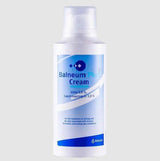



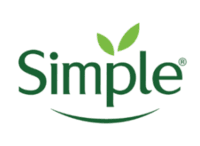
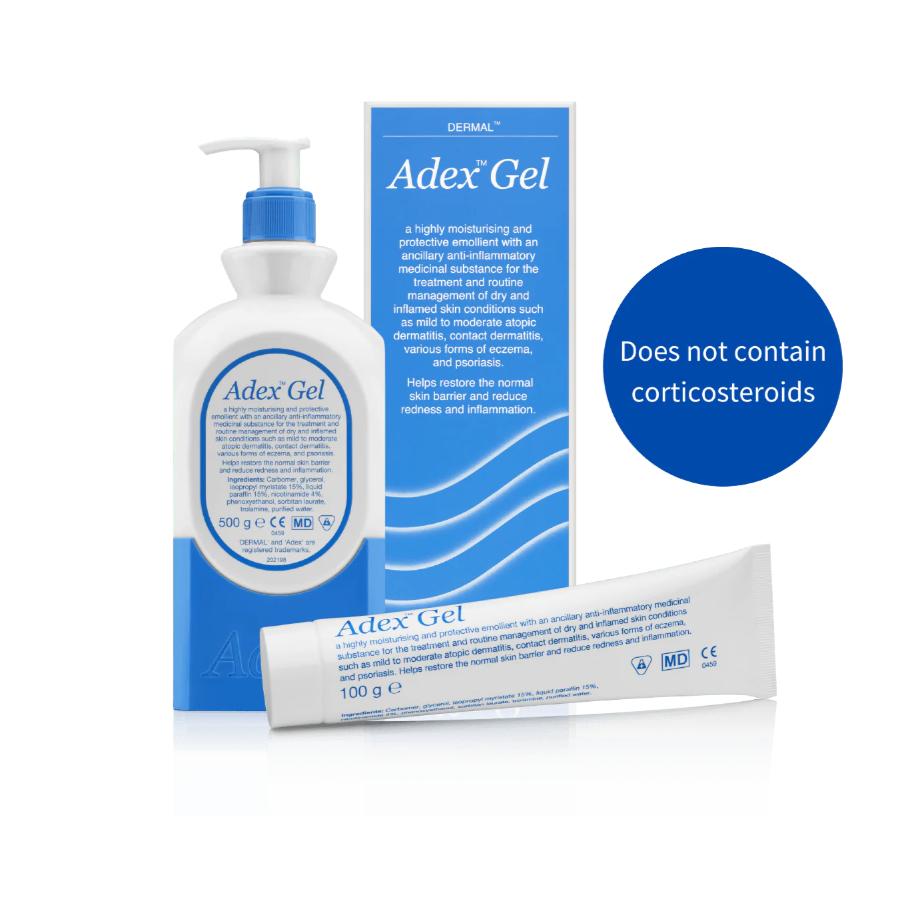
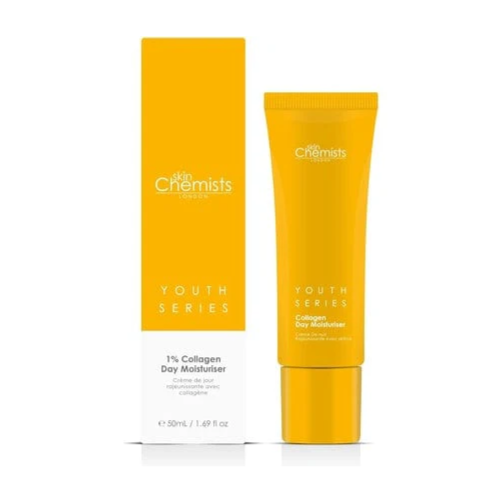
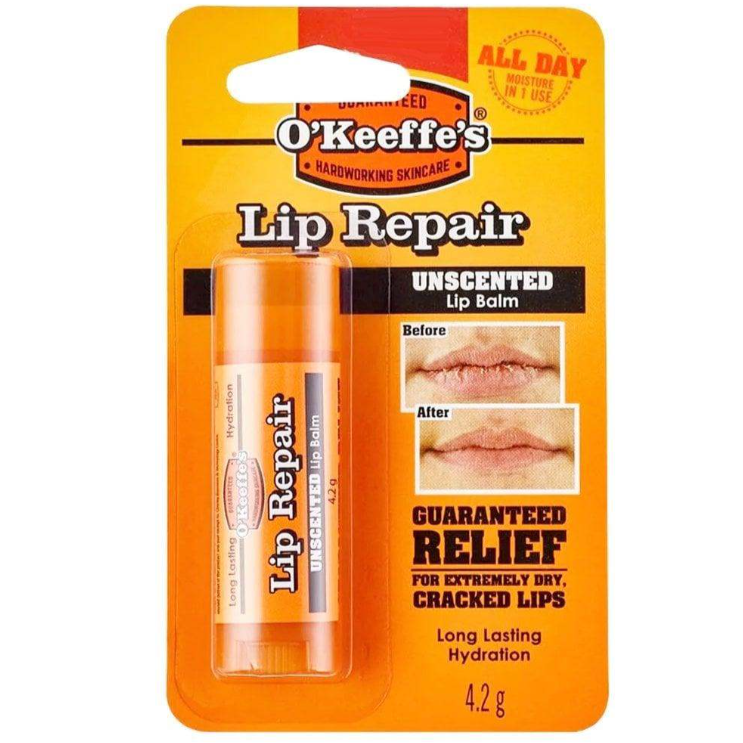
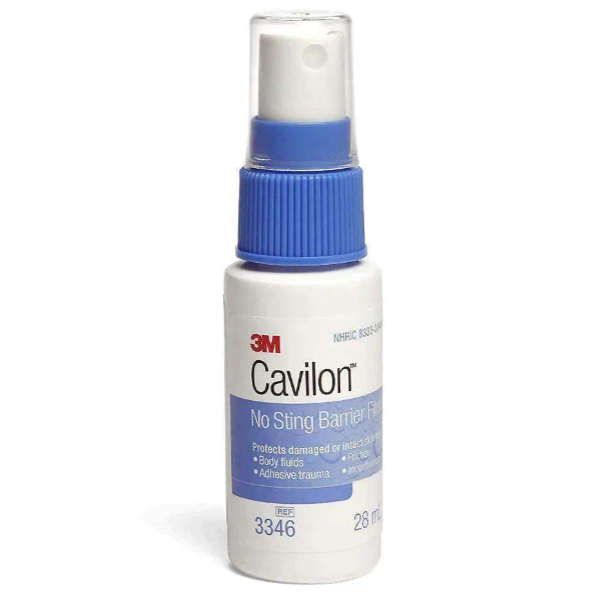
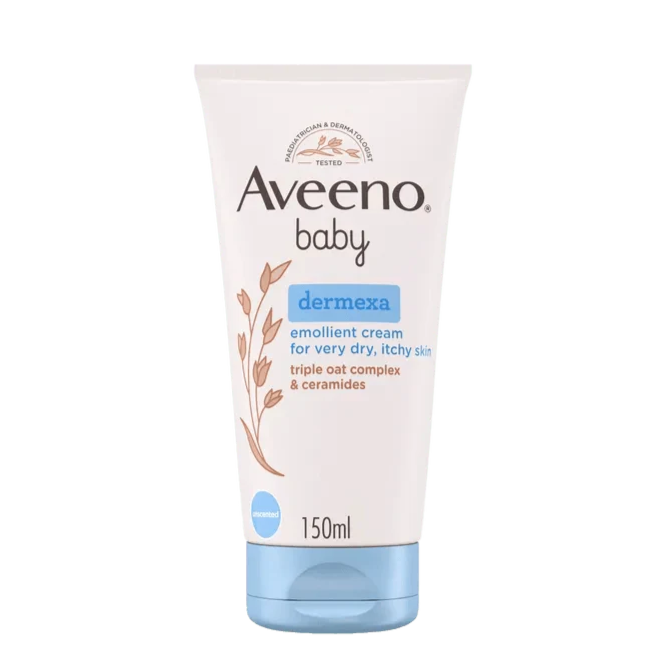


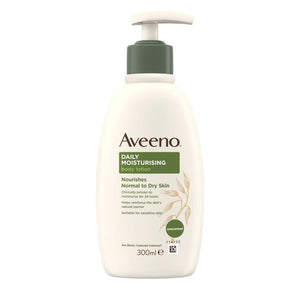







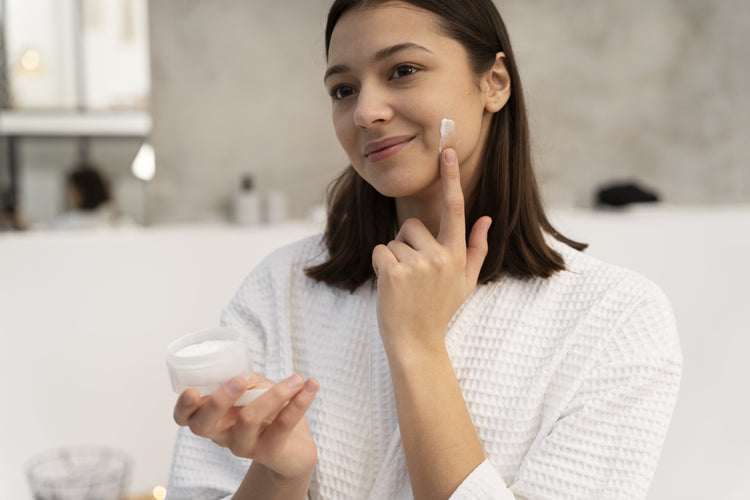
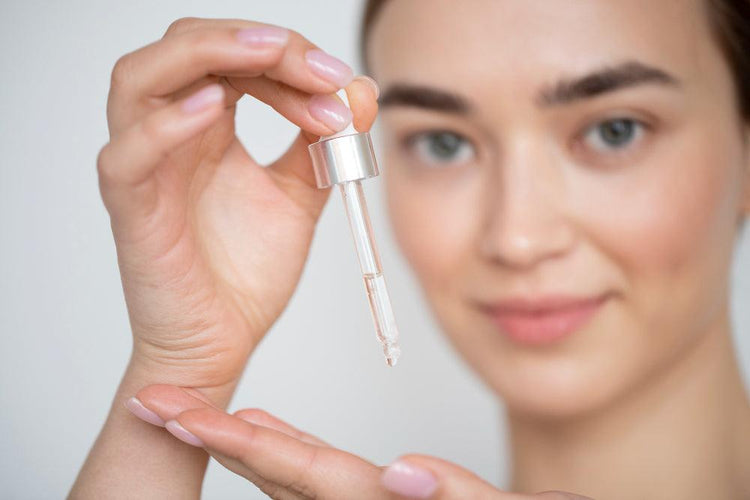

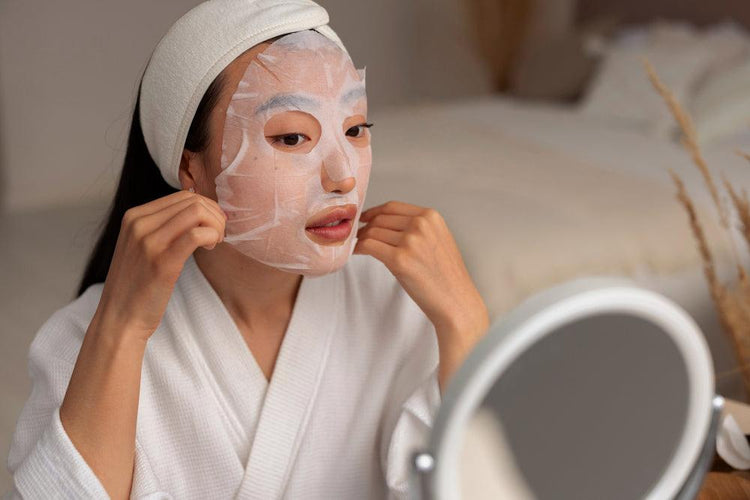

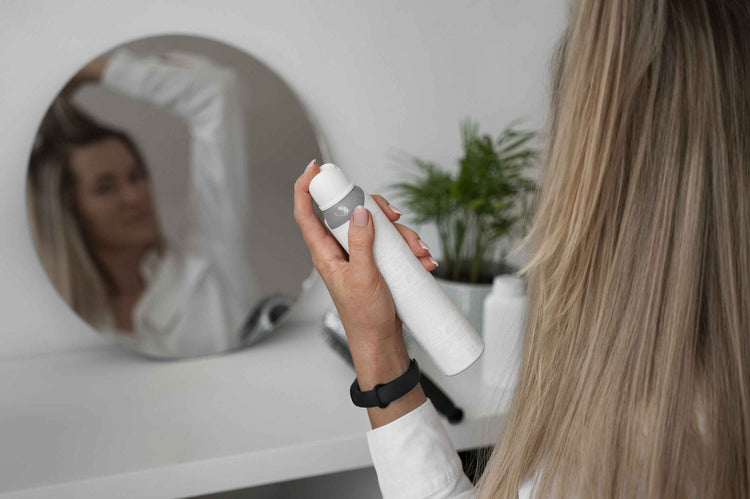
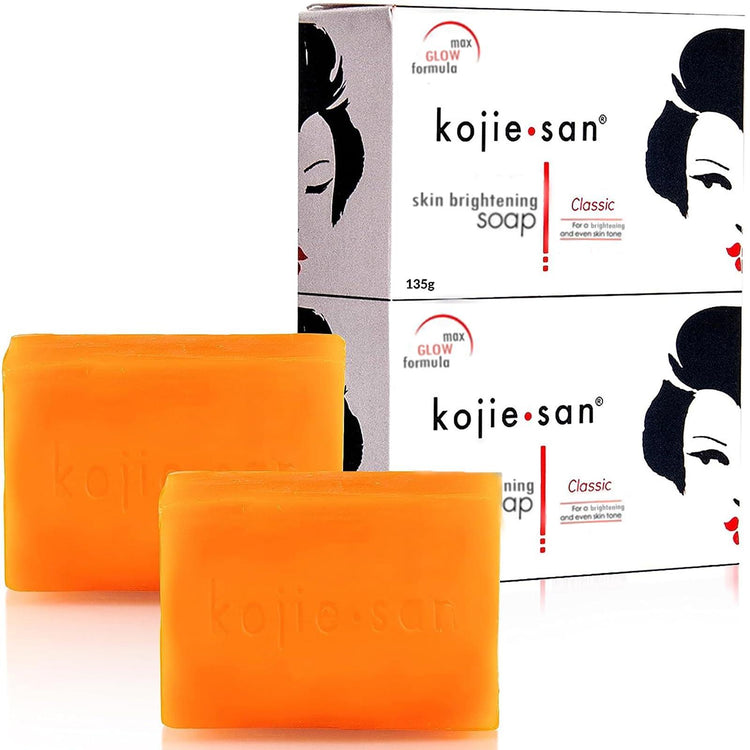
 Rated Excellent by 26,523+ Reviews
Rated Excellent by 26,523+ Reviews